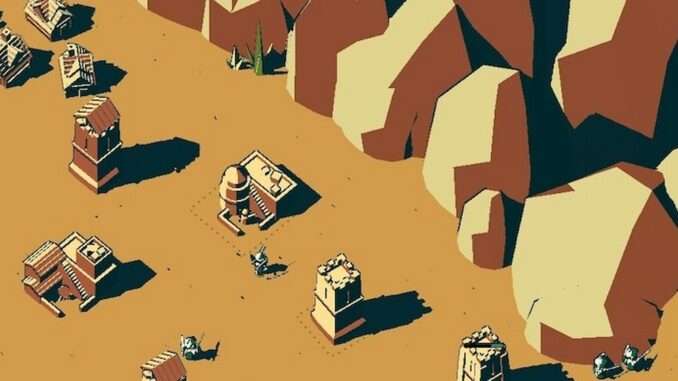
Learn the return on investment you can make on the economic buildings in Thronefall.
Table of Contents
Introduction
I work in finance and I like spreadsheets. I also like Thronefall. This is why I decided to make some basic “time value of money” math to better understand how the economy in Thronefall works.
This guide assumes you’ve already played a bit and know the various buildings that can generate cash once every day:
- Houses
- Mines
- Mills & fields
- Harbors
The guide is incomplete and if enough people like it and are interested, I can go much more in-depth.
Basic Notions of “Time Value of Money” (TVM)
The idea of TVM is that money is not worth the same in the present and in the future. Specifically, if you prefer having money now than later, unless you can make a good profit by investing it, you have a positive “required rate of return” (RRR).
This is the case in Thronefall. Using your cash now to build a tower, a wall or barracks is really enticing because it will help you survive the next nights and if you don’t survive it’s game over. This means that your RRR in Thronefall is extremely high, you require a big profit if you invest, in order to forgo the benefit of having more DPS or more protection from walls for the next nights.
Ideally if you know your RRR, you invest in anything with an internal rate of return (IRR) above that number.
The thing is with Thronefall is that there is enough complexity for it to be way too hard to say what your RRR is at a given time. This is why the next best approach each night with respect to the economy should be the following:
- Build the cheapest defenses that will let you survive without having damaged economic buildings at the end of the night
- Find the most profitable buildings you can build or improve and invest your remaining cash
- ???
- Profit!
So let’s compute the IRR of each building and each incremental improvement.
The IRR of Economic Buildings and Their Improvements
Here is a table that computes what is the IRR of constructing a building or improving it.
Do note that two key assumptions are made:
- The buildings are assumed to be intact each night. If it gets destroyed, you don’t get cash from it and if it’s a mine or a harbour, the IRR drops significantly.
- There are 12 nights in a game. Some maps have other day counts, i.e. 13 days in Frostee, but it doesn’t change the results significantly. Do note that if the devs make a map with 20 days or more, the results will change a bit.

Basically, here are the lessons I get from this:
- Fields are always an awesome investment because not only do you get your cash back after one night, you make it every single night after that
- Mines are almost always a good investment because they have frontloaded cashflows (6 coins, then 5, then 4 etc…)
- Leaving a mill at level 1 is unequivocally a bad investment, either improve it or don’t build it
- If you can improve a mill from level 2 to level 3, do it.
- Upgrading a harbour to level 2 makes the most sense from an investment standpoint if it already has gained the max number of boats it can get because that’s when you obtain the max return immediately
- Houses make sense if there are no good investments available to you, they are not bad investments
- it doesn’t make much sense to invest in the last 2-4 days, especially in houses and mills
If you want to gauge the profitability of each fully upgraded building (except for the harbour because it works different with the x2 upgrade to boat profits), here is the table:

And here are my conclusions:
- Mines are awesome.
- Level 3 Mills, even without the improved plows upgrade are a great investment as long as you build all their fields because that’s what makes them profitable.
Conclusion
The biggest pitfall of my guide is the lack of a risk assessment.
The best investments in Thronefall are often the riskiest. Mines and mills are often exposed and building them without adequate protection is bad. They are high risk, high reward investments. Harbours are even worse because they are generally as exposed as mills and mines, if not more because of air attacks in Frostee, and they have mediocre returns.
My assessment also does not take into account some perks that affect the profitability of some buildings.
Therefore, my final bit of advice is as follows:
- Find easy to protect mines and mills to maximize your risk-adjusted returns in the first days of your game.
- Expand your realm in a way that makes it easy to protect more mines and mills in the mid-late game.
- Build houses and harbours if you have leftover cash and no defensible mines and mills to build.




Be the first to comment